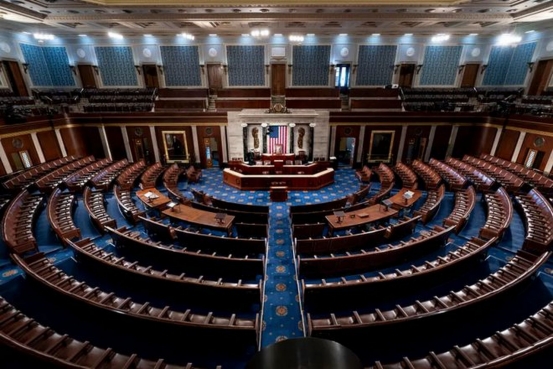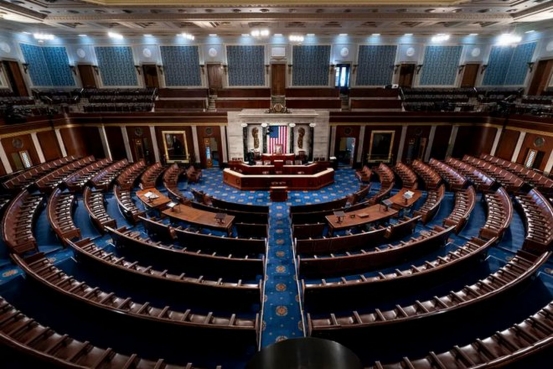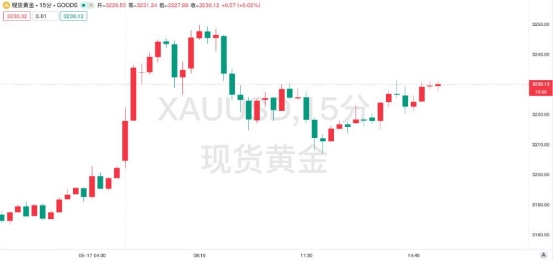The "deficit hawks" in the party dramatically changed sides! Trump's trillion-dollar tax cut bill passed the House of Representatives
- 2025年5月20日
- Posted by: Macro Global Markets
- Category: News

The "deficit hawks" in the party dramatically changed sides! Trump's trillion-dollar tax cut bill passed the House of Representatives

On May 19th local time, the U.S. House of Representatives Budget Committee passed the American Economic Recovery and Growth Act proposed by the Trump administration with 22 votes in favor and 19 votes against. The $4.2 trillion tax cut plan aims to extend corporate tax incentives in the 2017 Tax Cuts and Jobs Act and add new personal income tax cuts for the middle class. It is worth noting that five Republican "deficit hawks" who had previously firmly opposed expanding the fiscal deficit suddenly changed their positions. Among them, four people including Congressmen Chip Roy and Ralph Norman voted in favor, directly reversing the situation in which the bill was rejected on May 16.
The key to this reversal of party stance lies in the substantive adjustments made by the Republican leadership to the content of the bill. According to the latest disclosed amendment, the bill adds an annual spending cap for Medicaid, which will cut spending on the program by $1.2 trillion over the next decade; at the same time, it completely repeals the clean energy tax credit policy introduced by the Democrats in 2023, which is expected to save the federal government $870 billion. These adjustments successfully convinced conservative lawmakers that the bill would stimulate the economy while controlling deficit expansion.
2. Market volatility: the struggle between tax cut expectations and debt risks
The news of the bill's passage caused violent fluctuations in the capital market. In the early Asian session on May 19, the spot gold price jumped up to $3,249.02 per ounce and is currently fluctuating around $3,228.

Debt risk premium rises: Moody's downgraded the US sovereign credit rating from Aaa to Aa1 on May 16, warning that if the bill is passed, the federal deficit will increase by $4 trillion over the next decade and the debt-to-GDP ratio will rise to 134%. Market concerns about fiscal sustainability have driven a surge in demand for gold as a safe-haven asset.
The U.S. dollar credit system was shaken: As the United States became the first country in the world to lose its AAA rating from the three major rating agencies, the U.S. dollar index fell 0.3% to 100.98 on the day, and the 10-year U.S. Treasury yield jumped 5 basis points to 4.48%, weakening the attractiveness of U.S. dollar assets.
3. Institutional View: Balance between Short-term Fluctuations and Long-term Logic
Data from the World Gold Council shows that in the first quarter of 2025, global central banks' net gold purchases reached 243.7 tons. China has increased its gold reserves to 73.77 million ounces for six consecutive months, and its share of foreign exchange reserves has risen to 6.8%. Institutions such as Founder Securities and Guojin Asset Management pointed out that although the gold price in the short term was disturbed by expectations of tax cuts, in the medium and long term, gold will remain a cost-effective asset allocation supported by expectations of a Federal Reserve rate cut, central bank gold purchases and the "de-dollarization" trend.
In its extreme scenario forecast, Goldman Sachs even warned that if the independence of the Federal Reserve is further damaged, gold prices may exceed $4,500 an ounce by the end of 2025.
